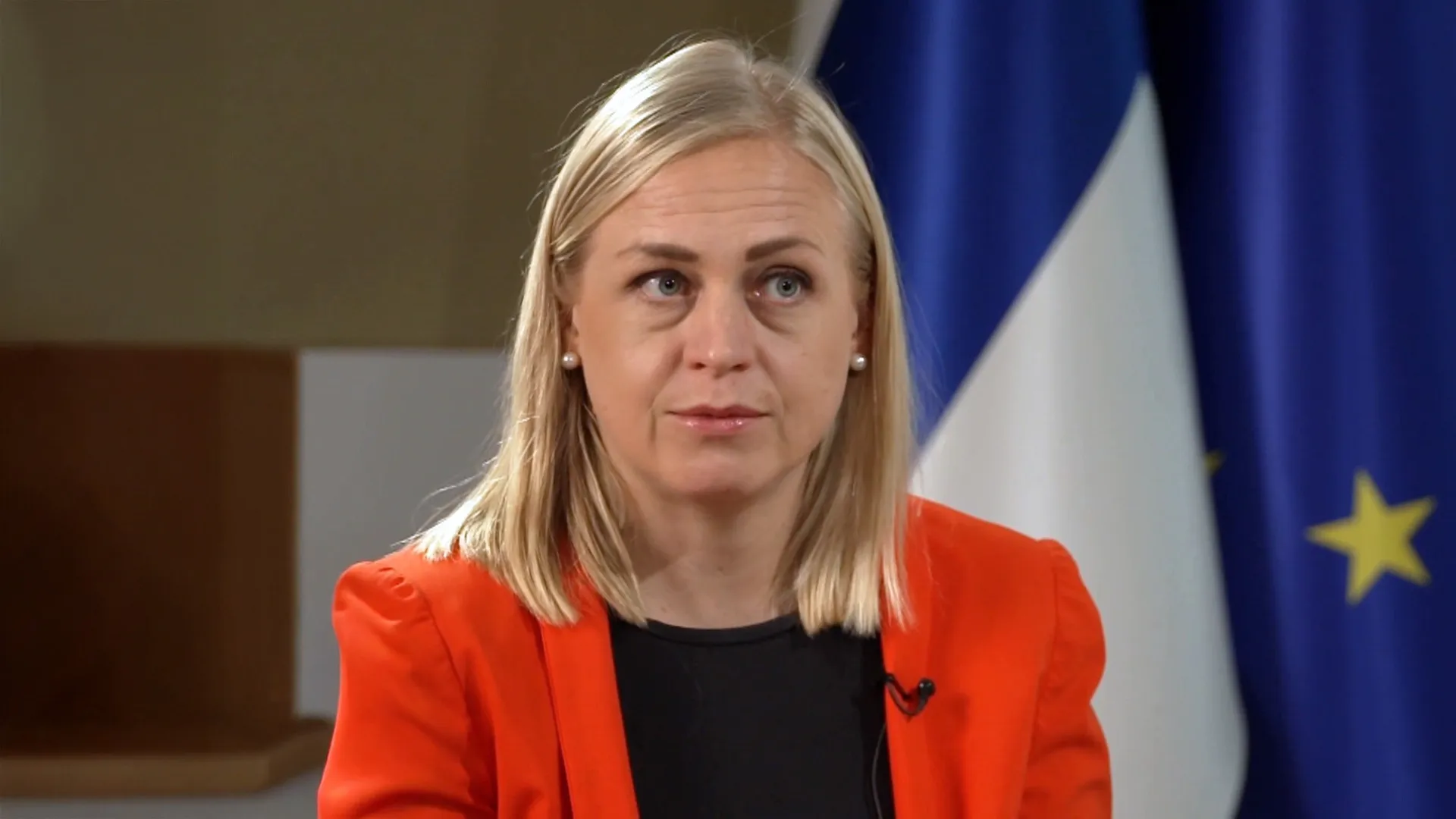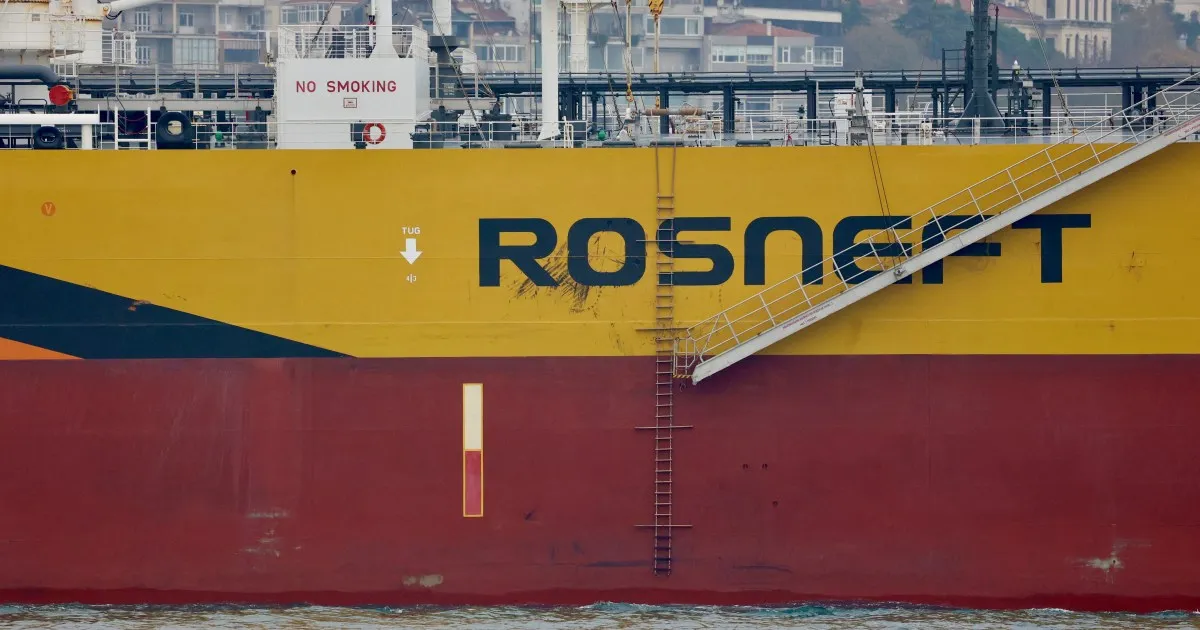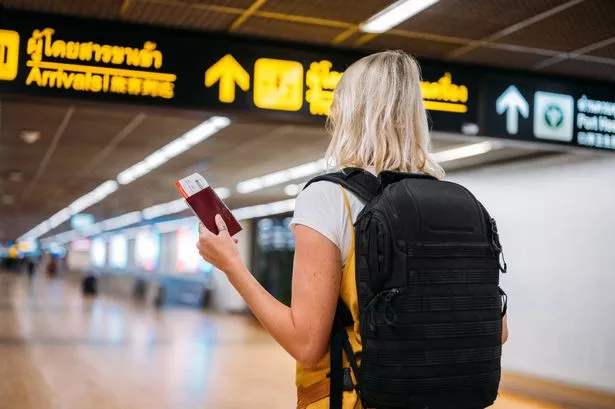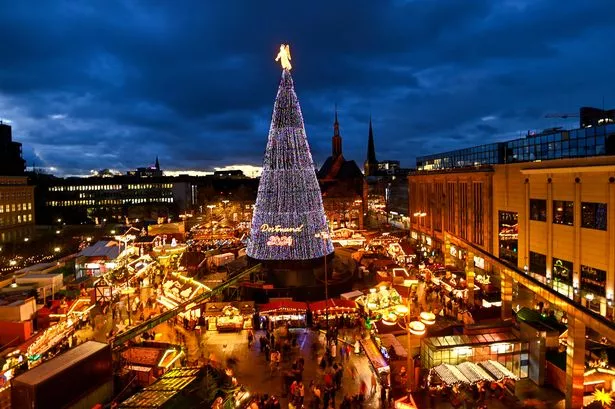Music fans at Stockholm airport couldn’t believe their eyes when the popstar they were travelling to see boarded the same flight to Helsinki, and she wasn’t even flying first class
Music enthusiasts in Stockholm, Sweden, were left stunned whilst awaiting their flight to Finland after discovering a very special passenger was also waiting to board the same flight.
It’s hardly uncommon for music lovers to journey far and wide to catch their beloved bands and artists performing live. Whether it’s a trip to a neighbouring city, across the country, or to an entirely different country, no distance appears too far for devoted fans, who frequently use concerts as an opportunity to explore new destinations. What they certainly wouldn’t anticipate, though, is bumping into the very artist they’re travelling to see aboard their aircraft.
However this extraordinary scenario unfolded for a group of admirers who were preparing to board their flight from Stockholm, Sweden, travelling across the Baltic Sea to Helsinki in Finland to see Zara Larsson at her upcoming concert.
Sharing on TikTok, one fan posted the clip which captured the incredible moment she was lingering by the departure gate at Arlanda airport in Sweden, only to glance up and spot the pop sensation approaching the very same gate, instantly drawing the focus of numerous fans present, all travelling to attend her performance the next evening.
“Pov you’re flying from Sweden to Finland to see Zara Larsson and Zara Larsson shows up,” the fan wrote in the video’s caption.
The brief footage showed Zara chatting casually with several supporters at the gate, including one fan who spun around in amazement upon hearing the superstar’s distinctive voice behind her.
The TikTok creator then posted some snaps with Zara, who looked stylish in a black fur coat and vibrant pink nails. She chose to travel makeup-free as she was en route to her Helsinki gig scheduled for 26 November.
The video quickly attracted comments from other fans and has been viewed over 478,000 times within the first day of being uploaded on the platform.
“Crazy how she just flies in economy,” one fan commented, while another exclaimed: “Imagine sitting next to Zara on a plane omggg.”
A third fan chimed in: “Personally i wouldve started dancing lush life to get my lush life girl moment.
“How does it feel… to live our dream?” another asked.
Zara Larsson is currently wrapping up the European leg of her Midnight Sun tour, which kicked off in Munich on 28 October, before hitting London on 5 November, followed by Dublin and Manchester. She will then take the tour to the USA and Canada in February 2026.





